What are Inferior Vena Cava (IVC) Filters? A Comprehensive Look
An inferior vena cava (IVC) filter placement is an important medical procedure to protect the heart and lungs from embolism.
**Prefer to listen to this informational article describing IVC filters, procedures, risks and preparations tips? Use the media players found throughout the post.**
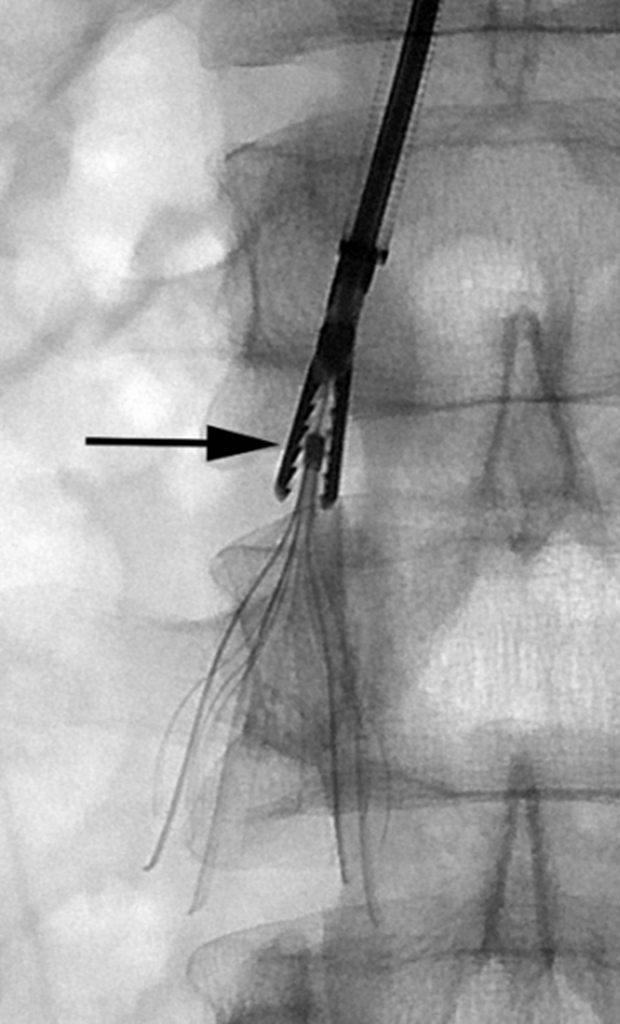
Interventional radiologists use IVC filters to trap large blood clots that are traveling around the cardiovascular system. In this post, we'll detail everything you should know about the radiology procedure straight from the experts.
What is an inferior vena cava anyways?
The inferior vena cava (IVC) is a large vein that carries deoxygenated blood away from the lower and middle areas (legs, feet, pelvis, and abdomen) of the body and into the right atrium of the heart.
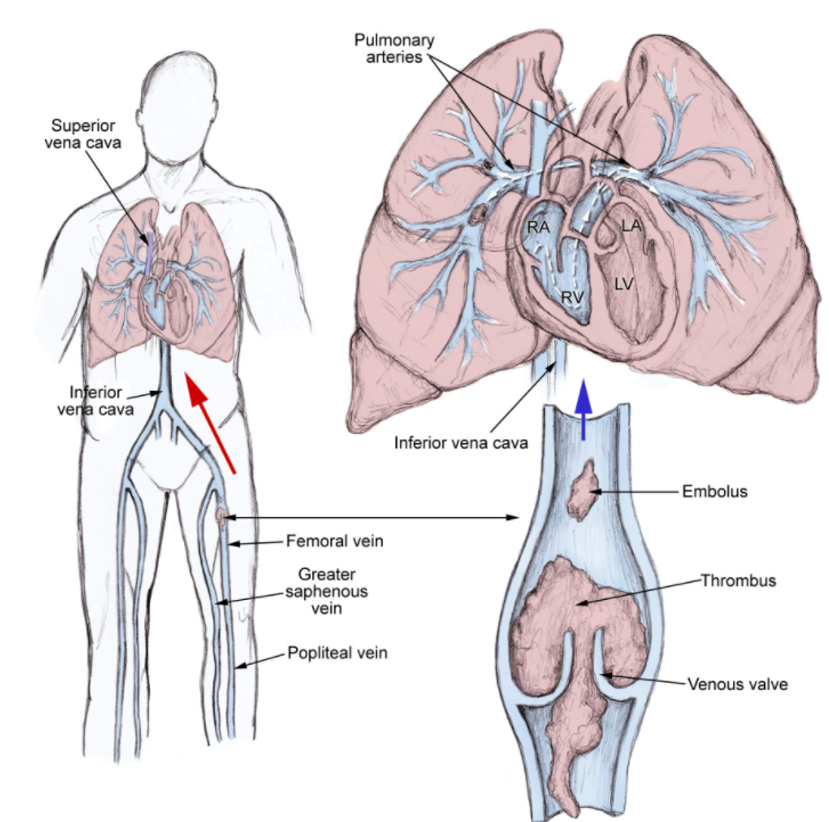
At the level of the fifth lumbar vertebrae, the common iliac arteries join to form the IVC.
What is an IVC filter and how does it work?
When blood thickens and clumps together, it forms blood clots. This occurs commonly in the deep veins of the upper or lower legs.
The medical name for this is deep vein thrombosis (DVT), and it can cause swelling, pain, and tenderness in the legs, and is a significant cause of mortality worldwide [1].
An IVC filter is a small, wiry device that gets carefully inserted into your IVC. Blood flows through this device and, as it does so, gets filtered. Any blood clots get caught in the filter of the device, preventing them from traveling up to the heart or lungs and causing serious problems.
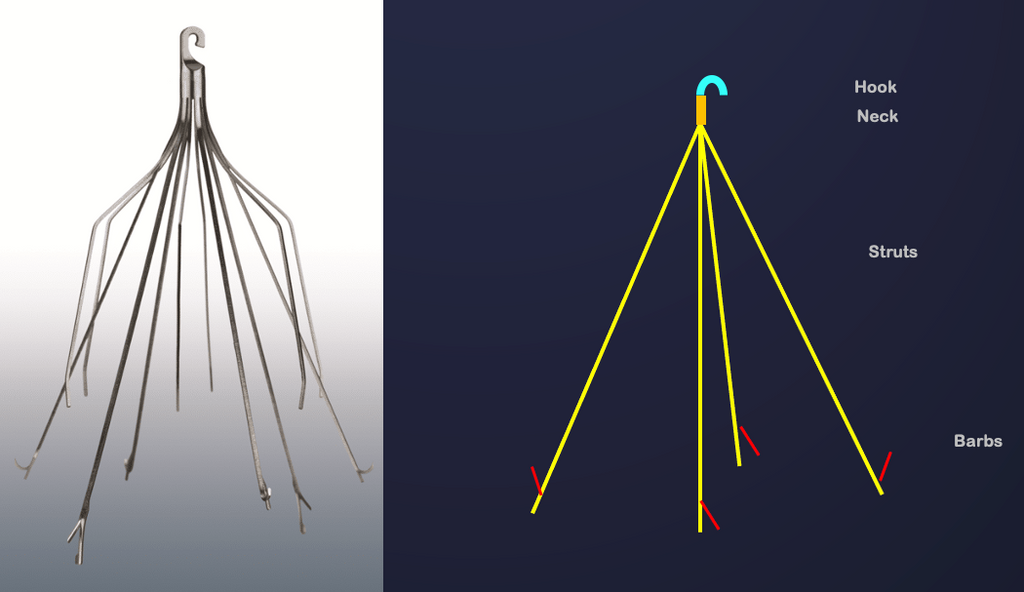
Without the device, blood clots from the legs and pelvis could travel into these organs, leading to pulmonary embolism or a blockage in the major arteries surrounding the area.
While designed for long term use, all of these devices are safely removable at a later date when no longer needed.
Which conditions does the IVC filter placement procedure treat?
IVC filters are placed in those who have a significant medical history with blood clots, or those who are at increased risk of developing blood clots in the lower body.
Those potentially eligible for the IVC filter placement procedures include:
- Patients with previous DVT
- Pulmonary embolus
- Trauma victims
- Inherited blood disorders that increase clotting
- Those who have limited or no mobility
- Pregnancy
- Those undergoing cancer treatment
Data shows that both stable and unstable patients who are treated with IVC filters in the first 4-5 days after a pulmonary embolectomy had a lower mortality rate than those whose IVC filter was inserted after this time period [2].
Usually, patients can be treated using blood thinning agents, such as warfarin, if they are at increased risk of pulmonary embolism. However, this is not appropriate for some patients, including those who have bleeding in the brain or in the digestive tract.
In these cases, IVC filters can be used as an alternative option that is just as effective in preventing all-cause mortality [3].
How is the IVC filter placement procedure performed?
During the implementation of an IVC filter, the filtering device is placed through a small incision in a vein in your groin or neck.
The device consists of a tiny plastic tube known as a catheter, which gets carefully fed into the IVC along with a collapsed IVC filter. This is performed with the help of a continuous x-ray so the interventional radiologist can see what they are doing more easily.
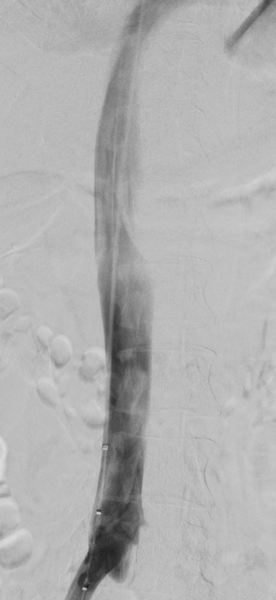
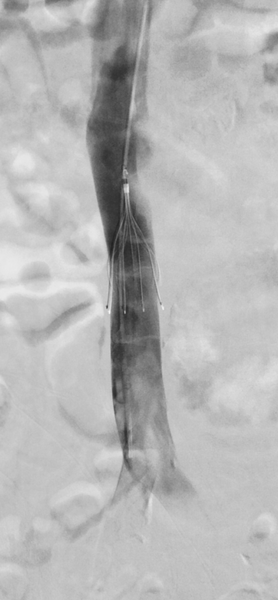

When the catheter is gently removed, the filter remains in place, expands, and attaches to the walls of your IVC.
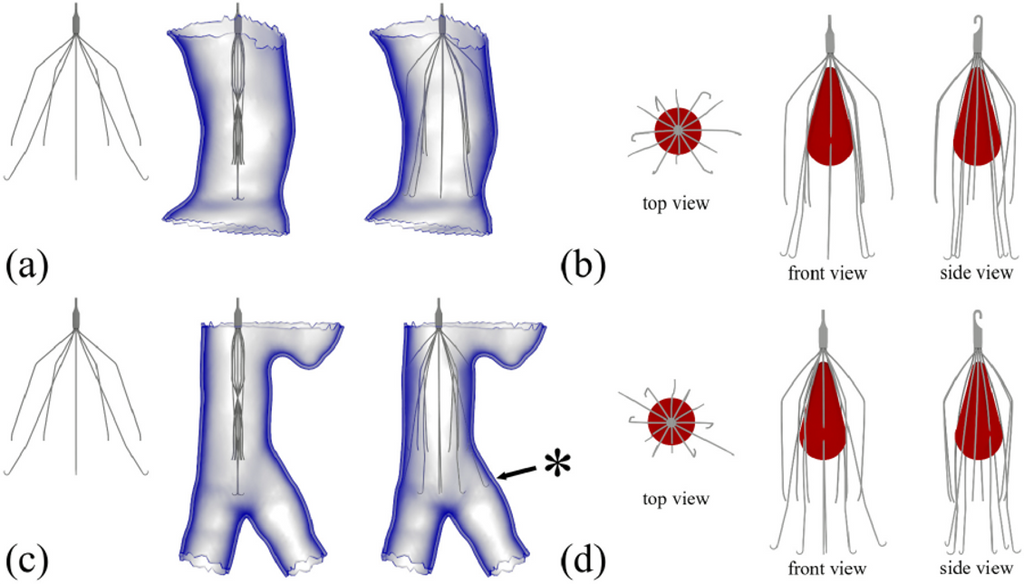
This filter may remain permanently in place, or it may be replaced or removed after a certain period of time.
How should I prepare for an IVC Filter placement?
Prior to your procedure, our radiology staff will run through how to prepare yourself properly. Don’t be afraid to ask as many questions as you need if you’re unsure about anything.
The radiology staff will ask for a list of any medications that you take. You must be open and honest about these, and give an accurate overview of your current medications. If you’re on certain blood-thinning agents, you will be asked to stop taking these prior to the surgery.
You must also disclose any allergies or recent changes in your health, and if you are currently pregnant, or think you might be pregnant.
You will be asked to refrain from taking any food or drink (apart from water) from midnight on the day of surgery. If you are diabetic, your doctor will give specialized advice on what and when you can eat, and your insulin dosage prior to your procedure.
IVC filter procedure: What are the associated risks?
As with any medical procedure, placement of an IVC filter comes with associated risks such as:
- Any procedure that involves making an incision in the skin carries a risk of infection
- There is a risk of having an allergic reaction to the injected contrast material that is used to enhance the x-ray imaging during the procedure
- When inserting a catheter inside a blood vessel, there is a risk of excessive bleeding or bruising
- The IVC filter may lodge in the wrong place or move around after insertion
- There may be potential risk of scarring on the veins and build up of clots in the filter, which could block blood flow and lead to leg swelling
- In high risk individuals, there may be temporary or permanent kidney failure
Risks vary between individuals. Your treating doctor should provide a comprehensive assessment and discussion of your associated risks before you agree to the insertion of an IVC filter.
What happens after an IVC filter placement procedure?
Once the procedure has been successfully completed, you will be transferred to a recovery room until you feel ready to go home.
If the IVC filter was inserted in through your neck, you will likely be able to resume your normal every day activities after 24 hours. If it was inserted into your groin, you may be asked to avoid heavy lifting, driving, or strenuous exercise for at least 48 hours post-surgery. Your interventional radiologist should give you any important information you will need in the days after your surgery.
All of these devices may be safely removed, replaced, or retrieved at a later date when no longer needed.
Contact our radiology offices to schedule your appointment if you and your doctor think that an IVC filter placement procedure may be right for you.
References
[1] https://jamanetwork.com/journals/jamanetworkopen/fullarticle/2687385

